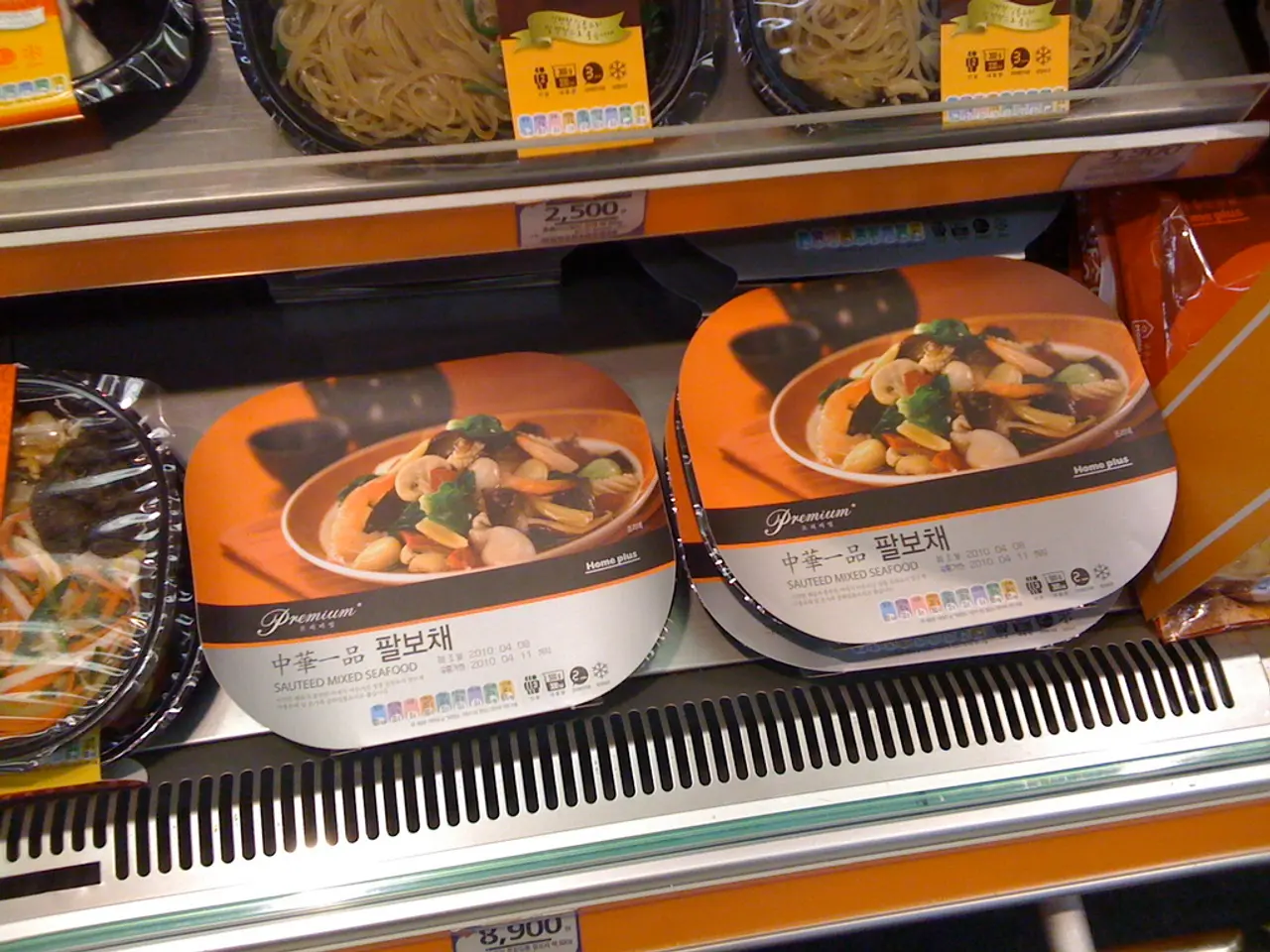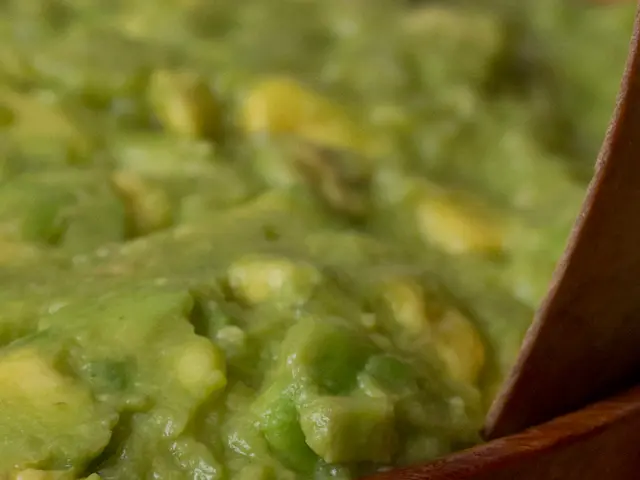Stable July inflation levels attributed to decreased gas costs
=================================================================================================
In July, the Consumer Price Index for All Urban Consumers (CPI-U) rose 0.2% on a seasonally adjusted basis, according to the latest data released by the U.S. Bureau of Labor Statistics. This increase was primarily driven by certain food categories, while others showed declines.
Grocery prices slipped 0.1% in July, led by declines in beverages, cereals, and baked goods. However, the price of milk notably increased by 1.9%, and dairy and related products saw the highest increase in July, rising by 0.7%.
Meats, poultry, fish, and eggs saw a slight increase of 0.2%. Meats, especially beef, experienced gains of 1.5%, while eggs actually fell 3.9%. Poultry prices are expected to rise roughly at their long-term average growth rate.
The price of food away from home (restaurant meals) rose by 0.3% in July, while housing costs, not imports subject to tariffs, remained the main contributor to July's uptick in the CPI-U.
On a year-over-year basis, the CPI-U has risen 2.7%. The Consumer Price Index for food increased by about 2.9%, with food inflation being a major contributor to the observed 2.7-2.8% overall inflation rate in mid-2025.
The primary food categories currently pushing overall consumer price inflation in the U.S. are beef and veal, eggs, sugar and sweets, and nonalcoholic beverages. These categories have experienced significant price increases, contributing strongly to consumer food inflation.
Other categories show mixed trends, with some delivering downward pressure on food inflation. For instance, butter, refined sugar, fresh fruit, wheat flour, cheese, and milk have seen price relief in the past year, with their wholesale prices declining.
Global factors also play a role in U.S. food prices. Meat and vegetable oil prices have increased internationally, indirectly influencing U.S. food prices through global supply chains, even as cereal, dairy, and sugar prices declined internationally.
In summary, the U.S. food market is experiencing a nuanced behavior across categories, with certain categories pushing inflation and others delivering price relief. This nuanced behavior contributes to the overall moderate but sustained food price inflation observed in 2025.
Read also:
- Catastrophe at a U.S. Steel facility in Pennsylvania results in the loss of two lives. crucial details unveiled
- Exploring Money-Making Opportunities in Digital Gaming Worlds
- Chemical company, Chemours, instructed to promptly reduce PFAS discharge into the Ohio River
- Money-Transmitter Enterprises and the Threat of Money Laundering








